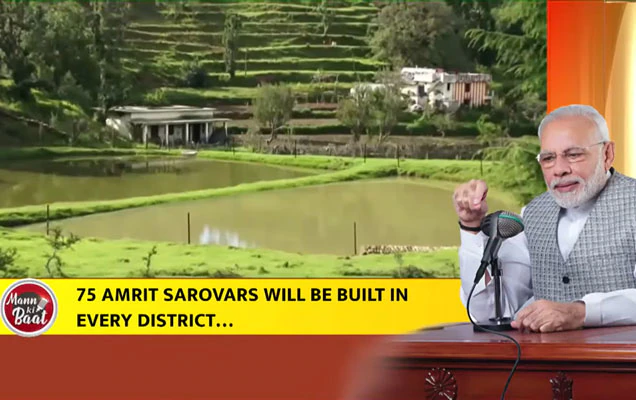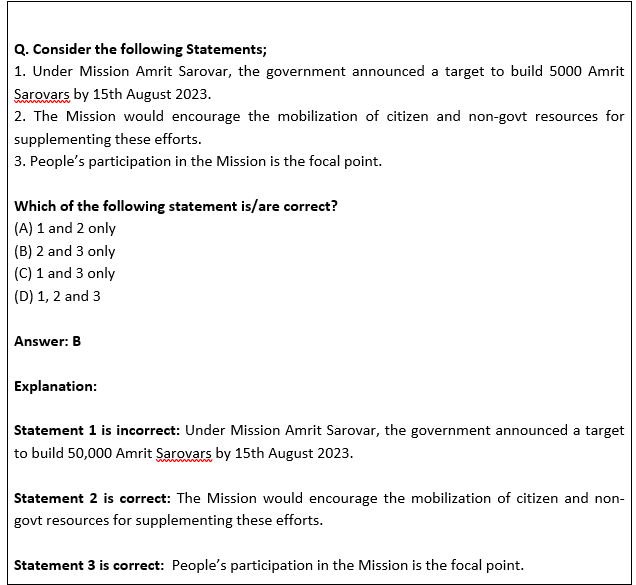Free Courses Sale ends Soon, Get It Now


Free Courses Sale ends Soon, Get It Now



Copyright infringement not intended
In News:
Mission Amrit Sarovar:
WATER MANAGEMENT
Need for water management:
Challenges:
Steps Taken by the Government:
Steps need to be taken:

© 2024 iasgyan. All right reserved